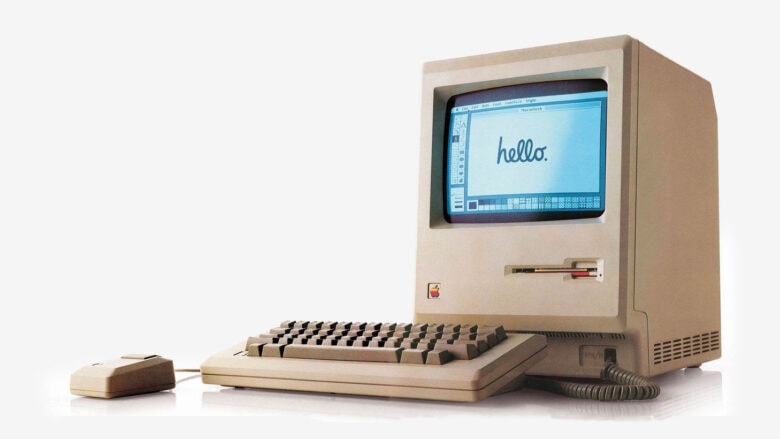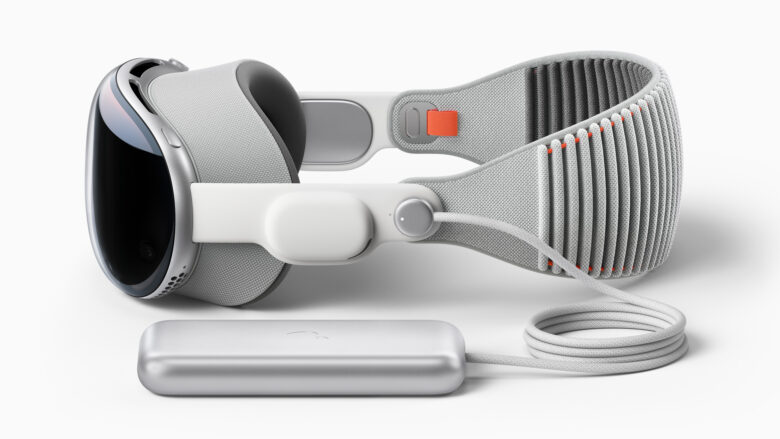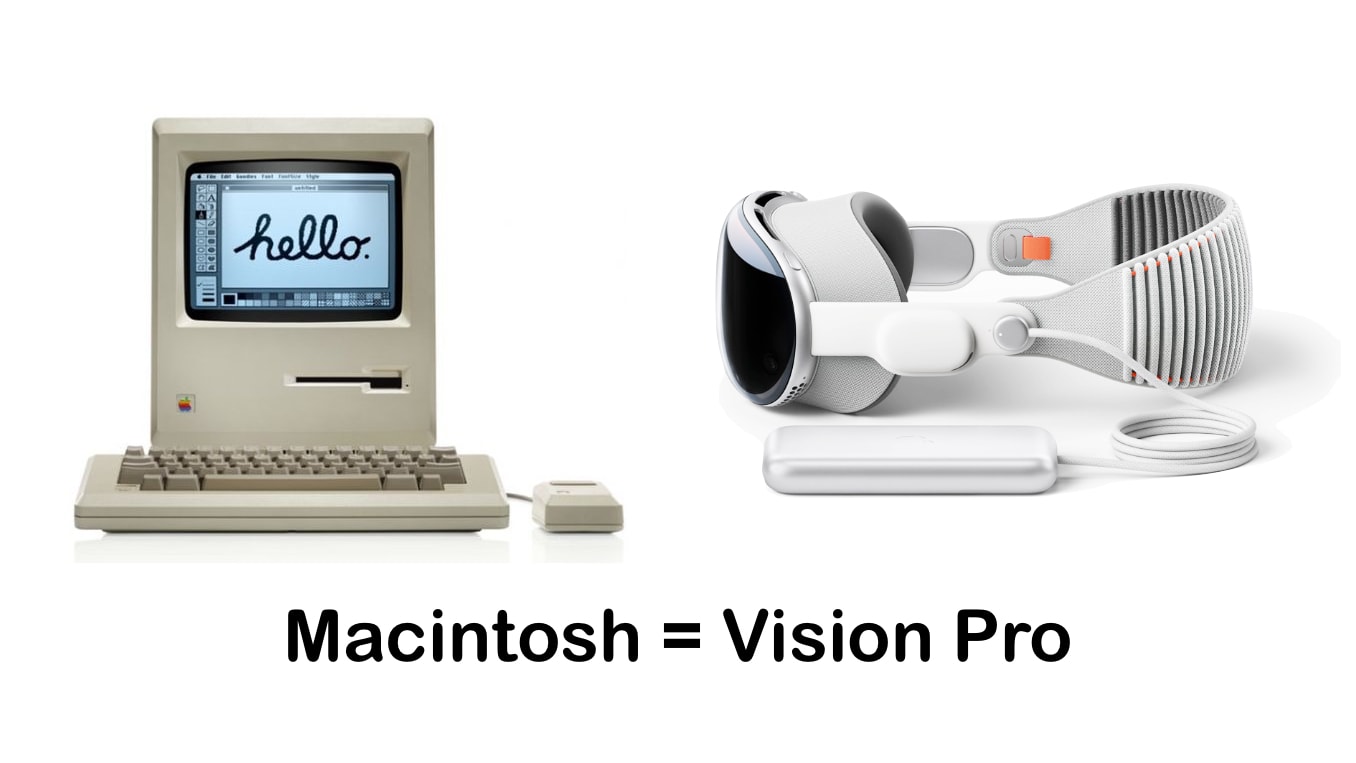Apple launched Vision Pro on the 40th anniversary of the Macintosh. That’s surely not a coincidence — both are ground-breaking computers that show where the company is headed for the coming decades.
Anyone highly critical of Vision Pro because it appeals only to a niche audience and is very expensive needs to remember that those exact same criticisms were leveled at the original Macintosh in 1984. If the current problems really are proof the AR headset is inescapably doomed — as some have argued — then there never would have been a second-generation Macintosh.
I was around when both computers launched. That gives me perspective on what Apple’s past can tell us about the company’s future.
1984 Macintosh without the usual glow of nostalgia

Photo: Apple
When Steve Jobs and Steve Wozniak brought out the first-generation Macintosh, many reviewers were blown away by the graphical user interface and mouse. Plenty of customers loved it, too.
And that’s mostly what people remember today. But our memories of the original Mac are colored by nostalgia and hindsight. I’m old enough to remember those days, so I can pull back the curtain to show you what that first-generation model really had to offer.
The Byte magazine review from 1984 said, “My wife – who for years resisted all my attempts to introduce her to computers – has fallen in love with the Mac (her words, not mine). She uses it to type up medical reports, notes on her clients, and personal letters.”
That sounds great, except the woman is using the computer as a glorified typewriter. People primarily used the device for word processing because that’s really all it was useful for. It came with two applications: MacWrite and MacPaint.
Virtually everything you get done with your computer today was not yet possible. The Internet existed but was only available to the military and universities. (That didn’t matter as the 1984 Macintosh had no networking capabilities.) There were no spreadsheet apps — Microsoft Excel didn’t launch for the computer until 1985.
Plus, the first Mac was held back by the hardware available at the time. A black-and-white, 9-inch screen. 128K of RAM. No hard drive at all, only floppy disks.
And despite its humble specs and lack of useful software, the 1984 Macintosh was wildly expensive. It cost $2,500 (the equivalent of around $7,470 today).
Ignoring our nostalgia, in reality the first Mac sold poorly. It took several generations before Apple made a Mac that was a genuine success.
Vision Pro is waiting on its ‘killer app’

Photo: Apple
Does anything about the 1984 Macintosh sound familiar? A computer that’s very expensive and that most people don’t see as useful?
Vision Pro is in the same situation as the original Mac mere months after their respective launches. They are two very innovative but not terrifically practical computers, with prices so far in the stratosphere they are hard to justify.
What turned the Mac a success was Aldus PageMaker. Desktop publishing was the “killer app” it required. It was something lots of people needed that was much easier with the computer.
I know this from personal experience. In the 1980s, I worked for a newspaper that did page layout by tediously gluing strips of text onto big pieces of paper next to images. I led the project for switching to Macintosh SE and PageMaker.
Today, Vision Pro is waiting for its killer app. No one knows what it’ll be yet, just that it won’t be virtual reality. Whatever that application, it will turn Apple’s AR headset from cool novelty into a must-have productivity tool.
And better hardware
Improved hardware is also necessary. But that’s inevitable — Apple’s long history shows this. Anyone who thinks the Vision line of AR headsets will inevitably stay huge, heavy and expensive is ignoring reality.
Let’s take a couple of examples. That first Mac weighed 20 pounds. Today’s MacBook Air is under 3 pounds. Today’s base model MacBook Pro comes with 12,800 times as much storage capacity as Apple’s first hard drive.
And don’t overlook that a Mac mini today sells for a mere 8% of the cost of the original Macintosh after adjusting for inflation.
Macintosh shows Vision Pro’s future is bright
In 1984, the Macintosh was a brilliant computer with tremendous potential. In 2024, Vision Pro is an equally brilliant computer with just as much potential. Really, the only difference between them is that we know that Macintosh is only the first of a long series of successes, while we’re still waiting for the hardware improvements and software that’ll catapult the Vision line of AR headsets to stardom.
But I’m confident that success is coming, and Vision Pro gives us our first glimpse at the computer of the future. Just like the Macintosh did in 1984.


